Buyers Guide
Vital Signs Monitors
The Importance of Blood Loss and Vital Signs Monitoring in Postpartum Management and Identification of Postpartum Hemorrhage
The leading cause of maternal mortality, globally, is postpartum hemorrhage (PPH), also called obstetric hemorrhage, in which a woman bleeds heavily, most often immediately after giving birth. A woman can bleed to death in two hours or less, or go into shock, especially if they do not have access to adequate treatment. Vital signs monitoring is important for all postpartum women and is particularly important in identifying postpartum hemorrhage
PPH is most commonly defined as a blood loss of 500 ml or more within 24 hours after birth; severe PPH is characterized by blood loss of 1000 ml or greater within 24 hours after birth. In addition to the loss of blood, other signs of PPH may include increased heart and respiratory rates, and as more blood is lost, a drop in blood pressure, and potentially shock. (1)
In addition to measuring blood loss (visually, or with a blood collection drape), blood pressure and heart rate monitoring is key assessment of the condition or deterioration of the mother, with thresholds for systolic blood pressure (SBP) and pulse rate are important early warning signals to prompt intervention. (1) Shock index, which is the ratio of heart rate and systolic pressure, are also used to predict blood loss and changes in clinical condition. (2) Together, measuring blood loss and monitoring blood pressure and heart rate can inform decisions around intravenous fluid delivery, or temporizing measures for referral to higher level care. (3)
Vital signs monitoring are essential tools for antenatal care and intrapartum care, but must be integrated into effective training and users should understand the implications of the vital signs results for effective decision-making. For more on prevention and management of PPH, VIA recommends consulting with the WHO Recommendations for PPH (Found Here) as well as national and local guidelines.
Types of Monitoring for PPH Management: Blood Loss, Blood Pressure and other Vital Signs
Blood loss monitoring drapes (sterile, under-buttock)

Blood Pressure (BP) devices
BP is an essential indicator of physiological status, and can be significantly affected by changes in blood volume, including resulting blood loss from PPH. The table below presents more detail on different non-invasive blood pressure devices The hemodynamics during pregnancy and intrapartum events are very different; and most blood pressure devices are not specifically validated for this patient population; understanding the physiological parameters and implications of an elevated blood pressure or a rapidly declining blood pressure are
Mercury Sphygomanometer
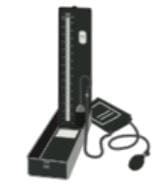
No longer recomended due to toxicity of mercury
Aneroid Sphygmomanometer
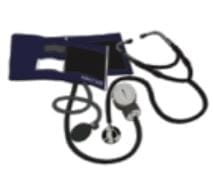
More extensive training and calibration required
blank
sdf
Advantages:
- Less expensive and offers backup to automated devices
Drawbacks:
- More susceptible to user error
Semi-automated Cuff
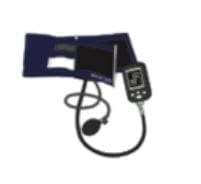
User inflates pressure cuff, automated deflation and determination of BP
blank
sdf
Advantages:
- May include other physiological parameters (e.g.pulse rate)
- Reduces human error
- Include auditory or visual alarms
Drawbacks:
- More susceptible to user error
- May be less accurate for patients with other vascular conditions or pre-clampsia
Automated Cuff
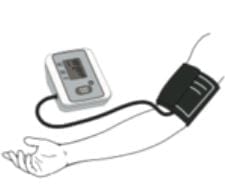
Device inflates and deflates cuff and produces BP results
blank
sdf
Advantages:
- May include other physiological parameters (e.g.pulse rate)
- Reduces human error
- Include auditory or visual alarms
Drawbacks:
- More susceptible to user error
- May be less accurate for patients with other vascular conditions or pre-clampsia
Shop Blood Pressure Devices
Multi-parameter Vital Signs Monitors (Blood Pressure, Heart rate, Pulse Oximetry, Shock Index)
Hypovolemic shock, which can result from PPH, is a life-threatening condition occurring when more than 20 percent (one-fifth) of the body’s blood or fluid supply is lost, and can lead to multiple organ failure. Vital signs monitoring is key to patient assessment, particularly systolic blood pressure (SBP) and pulse which are early triggers to prompt intervention. (6) However, hemodynamic changes of pregnancy and delivery can mask impending shock, which means individual vital signs taken in isolation may miss deterioration in the clinical condition. The shock index, however, which is the ratio of pulse to SBP is a strong predictor of adverse outcomes, and can be used to prompt higher level intervention or referrals.
There is a product specifically designed for blood pressure measurement in pregnancy. The Microlife CRADLE VSA is designed specifically to meet the World Health Organization criteria for low-resource settings, and can accurately measure blood pressure and heart rate and uses these values to calculate whether woman is at risk of developing shock. This device serves as an early warning system for shock related to PPH, and also for pre-eclampsia.
Other vital signs monitors may not specifically be validated for pregnant population but with skilled providers who understand the clinical management of pregnancy and labor, can still be valuable resources to manage PPH.
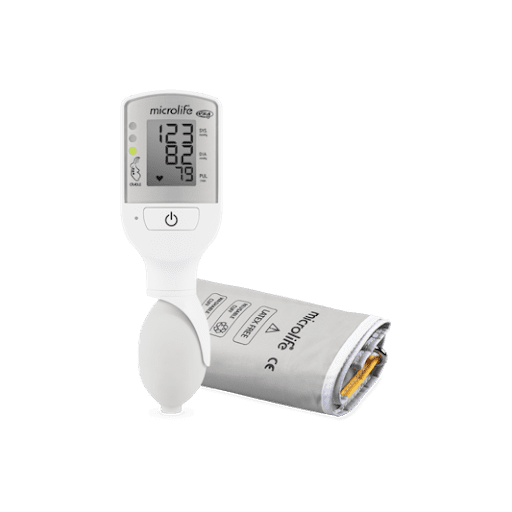
Key Considerations for Selecting Monitoring Devices for PPH
- Use and training. Depending on the capacity of a healthcare facility and staff, identifying and managing PPH is a full continuum of interventions, in which vital signs monitoring and measuring blood loss provide indicators or early warning signals to prompt care or referral. The use of monitors is very valuable, but only to the extent that skilled healthcare providers know what to do with information produced by the monitoring devices.
- Level of care. Vital signs monitors and blood loss measuring devices can be used at all levels of the healthcare system: referral centers, maternity centers (health centers with skilled attendants), on transport vehicles, etc.
- Hemodynamics in pregnancy and labour. When a woman is pregnant or in labor, there may be changes in her cardiac output, expanded blood volume, and blood pressure, which can be much more significant with PPH, other underlying cardiovascular conditions, such as pre-eclampsia.
VIA Global Health is committed to supporting health systems access affordable and appropriate medical products to improve the health in their communities. Products included in our Buyers Guides are available for purchase at VIA Global Health.
References and Acknowledgments
(1)Schorn MN. Measurement of blood loss: review of the literature. J Midwif Womens Health. 2010;55(1):20–7
(2) Le Bas A, Chandraharan E, Addei A, Arulkumaran S. Use of the “obstetric shock index” as an adjunct in identifying significant blood loss in patients with massive postpartum hemorrhage. Int J Gynecol Obstet. 2014;124(3):253–5.
(3) Tekela, D.D., Asmare, A.G., Gebremariam, B.M. et al. Digital postpartum hemorrhage management device (DPHMD). BMC Pregnancy Childbirth 19, 438 (2019). https://doi.org/10.1186/s12884-019-2601-3
(4) Ambardekar, Shubha et al. “Calibrated delivery drape versus indirect gravimetric technique for the measurement of blood loss after delivery: a randomized trial.” BMC Pregnancy and Childbirth 14 (2014):
(6) El Ayadi, Alison M et al. “Vital Sign Prediction of Adverse Maternal Outcomes in Women with Hypovolemic Shock: The Role of Shock Index.” PloS one vol. 11,2 e0148729. 22 Feb. 2016
(7) El Ayadi AM, Nathan HL, Seed PT, et al. Vital Sign Prediction of Adverse Maternal Outcomes in Women with Hypovolemic Shock: The Role of Shock Index. PLoS One. 2016;11(2):e0148729. Published 2016 Feb 22. doi:10.1371/journal.pone.0148729
